When panic attacks, you may not know what’s happening. If you don’t know what’s going on or how to deal with it, it can be very scary. Understanding panic can help you deal with it.
What is a panic attack?
A panic attack is a sudden surge of intense fear or discomfort that comes on fast, reaches a peak within minutes, and includes at least four of these symptoms:
- pounding or racing heart, heart palpitations
- sweating
- trembling or shaking
- shortness of breath or smothering sensations
- feelings of choking
- chest pain or discomfort
- nausea or abdominal distress
- feeling dizzy, unsteady, light-headed or faint
- chills or heat sensations
- numbness or tingling
- feelings of unreality or detachment
- fear of losing control or “going crazy”
- fear of dying
A panic attack is like a fear false alarm – your body is doing the right thing (e.g., preparing you to freeze, fight or flee from danger), just at the wrong time.
If you ran into something dangerous (e.g., a bear in the woods) before the feelings started, you probably wouldn’t be afraid of them. You wouldn’t be worried about your racing heart – you’d be scared of the bear. You would guess that your body is feeling differently because of the external danger (e.g., the bear) instead of some internal danger coming from your body.
But if there was no bear and the feelings came out of the blue, they might surprise and scare you. If you have never heard of panic attacks or don’t know what they feel like, you may find yourself confused and making guesses about what is happening. Some people may guess that it’s a fear false alarm. But other people may jump to the conclusion that something really bad is happening (e.g., they are having a heart attack).
A panic attack IS real and uncomfortable. However, a panic attack is NOT harmful.
Unfortunately, when you’re having your first panic attack – you do not know it is not harmful.
To learn more about the physiology of fear click here.
Once people consult with a medical professional to rule out other causes and are told that they experienced a panic attack, that panic attacks are not harmful, and they have nothing to worry about – it’s not a problem, right?
Unfortunately, it’s not that simple.
While most people are relieved to hear the news that they do not have a life-threatening condition, some people have trouble believing that such intense, uncomfortable symptoms can be harmless. The meaning that people give to their panic attack symptoms can make it more or less likely that they go on to have problems.
What is Panic Disorder?
People who experience panic attacks sometimes develop panic disorder. People with panic disorder experience unexpected and repeated panic attacks. They worry a lot about having more attacks and worry that something bad will happen because of a panic attack. Common worries include fainting, going “crazy”, having a heart attack, dying, humiliating themselves. The disorder can cause a lot of distress and it can get in the way of life activities.
Not everyone who experiences panic attacks has Panic Disorder. Panic attacks can occur in people with other anxiety disorders. But the difference is that people with Panic Disorder are afraid of panic, whereas in other cases the person is afraid of something triggering the panic (e.g., a person with a phobia of snakes and experiences a panic attack would be afraid of the snake, not the panic experience).
When should you seek help?
Because panic attack symptoms can resemble other serious health problems, it is a good idea to talk to your health care provider if you have the symptoms. Once other medical conditions have been ruled out, it’s time to seek help if a panic attack has been followed by a month or more of persistent worry about additional panic attacks or their consequences (e.g., having a heart attack, developing dementia) and a problematic change in behaviour related to panic attacks (e.g., avoiding places, people, things or experiences).
Trained mental health professionals can assess and treat Panic Attacks and Panic Disorder using evidence-based treatments including Cognitive Behaviour Therapy (CBT).
On your own or with the help of a trained professional, learning more can help you manage your anxiety when panic attacks. Anxiety Canada has lots of free resources to help you learn about panic, including a step-by-step guide to creating an Anxiety Canada MAP (My Anxiety Plan) for panic.
Disclaimer: Tips provided in this blog post are not meant to replace evidence-based psychotherapy or pharmacotherapy for anxiety disorders. If panic attacks are causing you a lot of distress or interfering with your life, consult with a trained health care provider.
